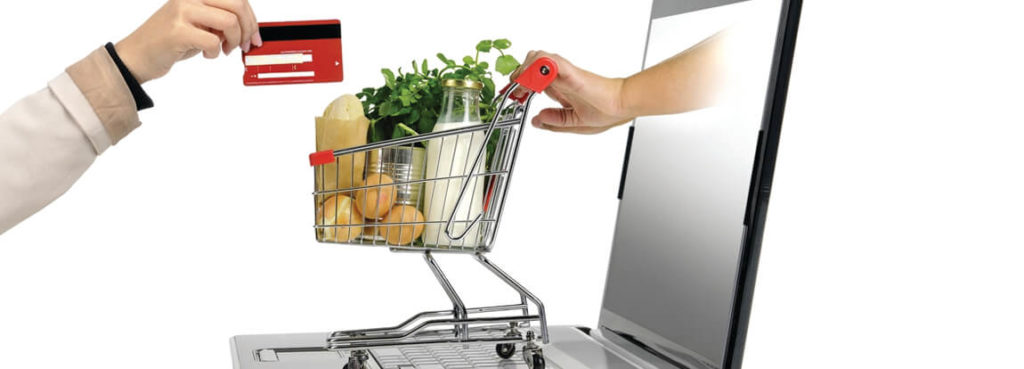The distinction between online and in-store customer experiences is rapidly disintegrating. Customers don’t rigidly stick to one or the other, but instead buy from whichever channel is most convenient at any given time. If they want something in two days, maybe they’ll just order from Amazon Prime. But if they need it in 30 minutes, the nearest department store to carry that item is the destination of choice.
Today’s customers crave a convenient, cross-channel shopping experience, and brand manufacturers are in the best position to provide it. Because unlike retailers, brands have the advantage of an entire seller network at their fingertips, replete with brick-and-mortar shopping destinations and e-commerce hubs alike. Unifying the two is really just a matter of knowing how to properly leverage that network to drive up total sales.
Here are three tips to get you on the right path to higher revenue:
1. Know the ebbs and flows of channel traffic
The first question any brand manufacturer needs to ask itself is “Where are my products performing, where are they underperforming?” With this information you can ask the more important question: How can we capitalize on these trends?
These insights are crucial to better understanding cross-channel consumer habits. Maybe certain channels perform better at certain times of the day. For example, purchases made over mobile might outperform other channels on weekdays at noon, possibly because that’s the most convenient shopping channel for professionals who are browsing for gifts during their lunch breaks. Maybe there is an uptick in brick-and-mortar sales between 6 p.m. and 8 p.m. because of the commuter rush hour.
Whatever the case, it’s important to identify patterns for the performance of your brand across channels, and to then use that knowledge to your advantage, perhaps through promotional emails that are personalized to buyer personas. Likewise, keeping a tally of competitor pricing and promotions can help you stay abreast of your market rivals across multiple channels.
In other words, know thyself, and know thy enemy. With Channel Reports from PriceSpider, that’s never been easier.
2. Enforce price uniformity across your seller network
“The perceived quality and value of your brand must stay consistent across channels.”
It has never been more important to have a minimum-advertised price (MAP) policy than it is now. Customers will buy from a channel of their choosing (through mobile, online, in-store, etc.) and from a seller on one of those channels. This effectively multiplies the number of places a seller can deviate from your brand’s pricing policy. A MAP policy gives you a leg to stand on from a legal point of view, but even then, that MAP has to be enforced across your multi-channel network of sellers, and the reason is simple: All it takes is one pricing violation to impact sales across every other channel.
But it’s not just temporary revenues that brands need to fear. Pricing shapes consumer perception of a product, regardless of how that product is sold.
“[Pricing] adds meaning and value to their purchase and sets the product apart from its competition,” Chron contributor Tracey Sandilands wrote. “This makes the pricing strategy an important and integral aspect of the product’s brand equity.”
Sure, the customer experience may vary slightly from channel to channel. But the perceived quality and value of your brand must stay consistent across those channels. This means pricing must be controlled, a feat that is far easier to manage with automated MAP Monitoring.
3. Facilitate buy online, pickup in-store, vice-versa
“E-commerce is only convenient when it’s what the customer wants and/or needs.”
The single-most important attribute of the omnichannel customer experience is “convenience.” In the advent of e-commerce, products coming to you, instead of you to them, was the pinnacle of convenience. As shipping expectations changed, speed became the new golden standard. With one click, a customer can have a product shipped off in as little as two hours. Is that the new definition of convenience?
Not exactly.
“Minimizing the amount of work needed to purchase your products is not the definition of customer convenience; it’s an example of it,” Mike Fioravanti, VP of Sales at PriceSpider, wrote in a recent article.”The true definition of customer convenience is the ability of the consumer to buy products on his or her terms.”
In other words, e-commerce is only convenient when it’s what the customer wants and/or needs. In some cases, customers may prefer to buy online and pickup in-store. Conversely, they may want to make a purchase in the store so they can interface with the product before putting money down. Maybe that item is large – a new television or desktop – and they’d prefer to have it shipped to their house rather than lugging it home. The question for brand manufacturers is, “How do you promote this flexibility across my web properties?”
Enter Where to Buy from PriceSpider. Where to Buy automatically aggregates data about where a brand’s products are physically and virtually available to customers. A brand manufacturer can then make this information available on its website and product pages. In doing so, your website transforms into what Fioravanti calls “a concierge for product availability across your entire seller network.”
Customers will have all their options laid out before them, and all roads lead to your brand.

